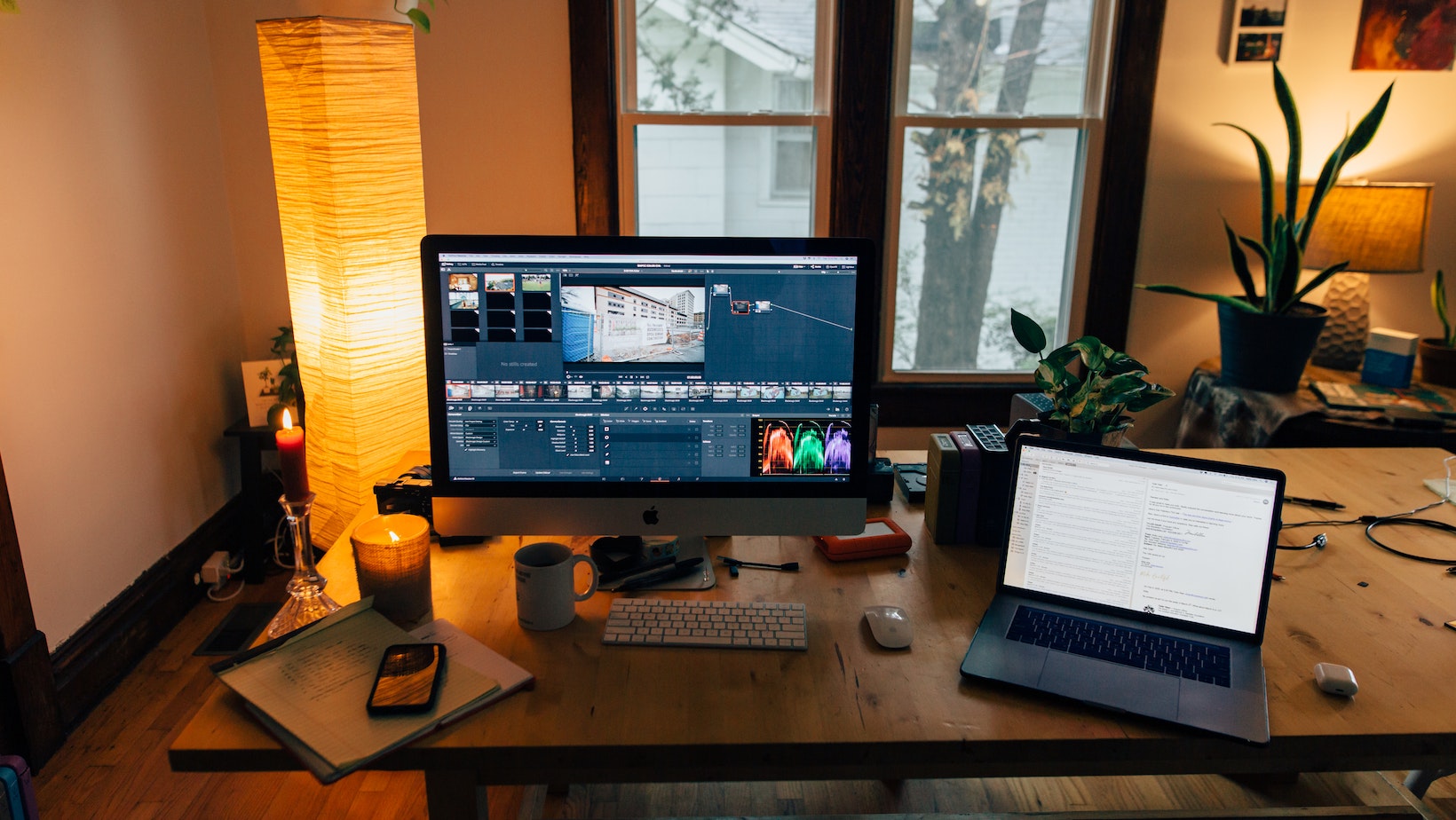Table of Contents
ToggleHow to Change Color in Illustrator
To start changing colors in Illustrator, simply select the object or elements whose color you want to modify. You can use the Selection Tool (V) to click on individual objects or hold down Shift while clicking multiple objects. Once selected, head over to the Color panel or Swatches panel where you can find a wide range of colors and gradients to choose from.
To create a new custom color swatch in Illustrator, follow these simple steps:
- Open your document in Illustrator.
- Navigate to the Swatches panel by going to Window > Swatches.
- Click on the “New Swatch” button located at the bottom of the panel.
- A dialog box will appear where you can specify the properties of your new swatch.
- Choose a suitable name for your swatch and select the desired color mode (CMYK, RGB, or other).
- Adjust the sliders or input specific values to define the exact color you want for your swatch.
- Once you are satisfied with the color, click “OK” to create your new custom swatch.
Applying Custom Color Swatches
Now that you have created custom color swatches, it’s time to apply them to objects in your artwork. Here’s how:
- Select an object or multiple objects that you want to change the color of.
- Open the Swatches panel if it’s not already visible by going to Window > Swatches.
- Simply click on one of your custom color swatches from the panel, and it will be applied instantly to the selected object(s).

Organizing and Managing Swatches
As you continue working on various design projects, it’s essential to keep your swatches organized for easy access. Illustrator provides several tools to help you manage your custom color swatches efficiently:
- Grouping: You can group related swatches together by creating folders in the Swatches panel. Right-click on any empty space in the panel and choose “New Swatch Group” to create a folder, then drag and drop swatches into it.
- Sorting: You can sort your swatches alphabetically or by color value to find specific colors quickly. Right-click on any empty space in the Swatches panel and select “Sort Swatches” from the context menu.
- Deleting: If you no longer need a custom color swatch, simply select it in the Swatches panel and click on the trash bin icon at the bottom of the panel.
Recolor Artwork
In this section, I’ll explain how to use the powerful feature of Recolor Artwork in Adobe Illustrator to make bulk color changes effortlessly. Whether you want to give your artwork a fresh look or need to match specific brand colors, this technique will save you time and effort.
- Select the artwork: Start by selecting the artwork you want to recolor. You can choose multiple objects or even an entire group.
- Open the Recolor Artwork panel: To access the Recolor Artwork panel, go to Window > Color > Recolor Artwork. This panel provides you with various options and controls to modify colors.
- Edit color swatches: The first step is to edit the color swatches used in your artwork. Click on the “Edit” button next to “Assign” in the Recolor Artwork panel. A new dialog box will appear where you can adjust individual color swatches or create new ones.
- Apply global adjustments: If you want to apply global changes across all selected objects, click on the “Global Adjustments” button in the Recolor Artwork panel. Here, you can tweak hue, saturation, brightness, and other parameters that affect all colors simultaneously.
- Explore presets and variations: Illustrator offers pre-built color harmonies and variations that can be applied instantly by clicking on different presets available in the Recolor Artwork panel. These presets include complementary colors, monochromatic schemes, and more.
- Fine-tune using sliders: For more control over specific colors or groups of colors, utilize the sliders available in the Recolor Artwork panel’s “Color Harmony Rules” section. Adjusting these sliders allows you to modify hues while maintaining relative relationships between different colors.
By using the Recolor Artwork feature in Adobe Illustrator, you can save valuable time when changing colors across multiple objects. Whether it’s a simple adjustment or a complete overhaul of your design, this technique empowers you to explore different color schemes efficiently. Give it a try and unleash your creativity!






